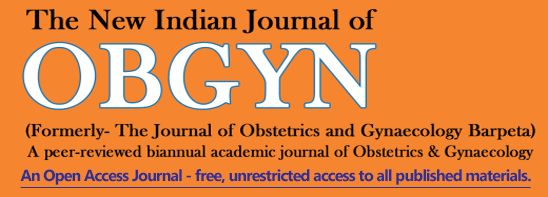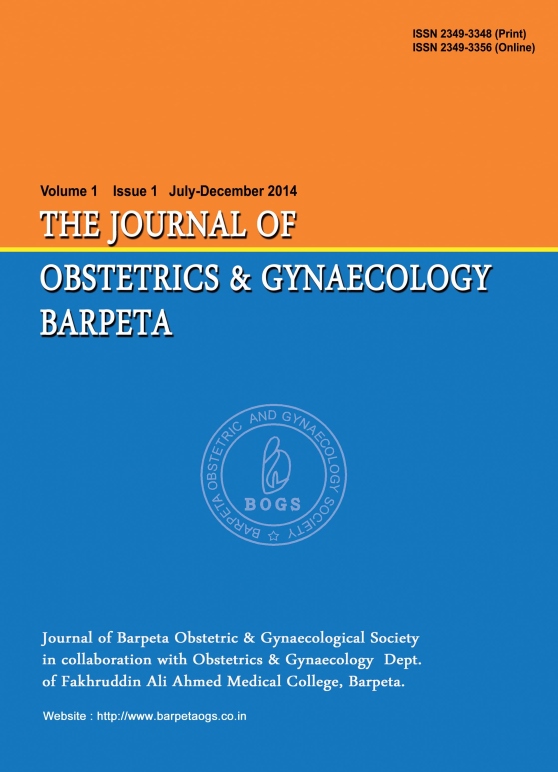
The New Indian Journal of OBGYN. 9(2):367-373
Changing trends of Covid - 19 in pregnancy - a single centre prospective study
Udayashree Voorkara, Asha Rani KP, Sahana N Naik, Keerthi AV
ABSTRACT
Background: Covid 19, the global pandemic has made everyone more worrisome with lot of anxiety and fear in both the waves. Changing trends have been observed during the second wave, when compared to the first wave in manifestations of covid -19. The knowledge regarding the effects of covid 19 in pregnancy to the mother and fetus is still in its infancy. Objectives: This study aims to assess the effects of covid-19 on maternal and foetal outcomes in both pandemic waves and to compare the differences of adverse effects from first wave to second wave of pandemic. Methods: This is a prospective observational study carried out from June 2020 to July 2021 which included 268 proven covid-19 positive pregnant women, out of which 166 patients were in first wave and 102 patients were in second wave. It includes all the patients admitted to the hospital for various obstetric and non-obstetric indications. Results: There were total of 4629 deliveries during the study period. The proportion of the symptomatic cases increased from 40% to 55% and the severity of the symptoms both increased in the second wave when compared to first wave. During first wave 90.8% cases had mild symptoms, whereas second wave showed an increase in the moderate to severe illness with 17.2% of moderate, 29.5% of severe and 13.7% of critical Covid illness. The number of patients with sepsis (5 vs 10, p-value 0.026), acute respiratory distress syndrome (1vs 4, p-value 0.071), need for blood/blood products (5 vs 10, p-value 0.026) and the requirement for invasive ventilation (1 vs 6, p-value 0.013) was increased in the second wave. Elevated C-reactive protein (CRP) was the most common (38 cases) abnormal parameter followed by elevated D-dimer levels (14 cases). Radiographic abnormalities of lungs were seen in 25% cases in the second wave while 15% in the first wave which is statistically significant. There was a two-fold increase in the preterm births (7.54 % vs 25%), intrauterine foetal demise (5.6% vs 21 %) and maternal mortality (1.54% vs 6.15%) in the second wave. There were 16 admissions to neonatal intensive care unit (NICU) in the first wave and 25 (52.08 %) admissions to NICU in the second wave. The incidence of vertical transmission was 9% in the second wave and one neonatal death due to multisystem inflammatory syndrome in the second wave. Conclusion: Our study shows an increasing trend in the affection and clinical manifestations causing adverse foetal and maternal outcomes in the second wave.
Volume 1 Issue 2
Volume 2 Issue 1
Volume 2 Issue 2
Volume 3 Issue 1
Volume 3 Issue 2
Volume 4 Issue 1
Volume 4 Issue 2
Volume 5 Issue 1
Volume 5 Issue 2
Volume 6 Issue 1
Volume 6 Issue 2
Volume 7 Issue 1
Volume 7 Issue 2
Volume 8 Issue 1
Volume 8 Issue 2
Volume 9 Issue 1
Volume 9 Issue 2
Volume 10 Issue 1
Volume 10 Issue 2

